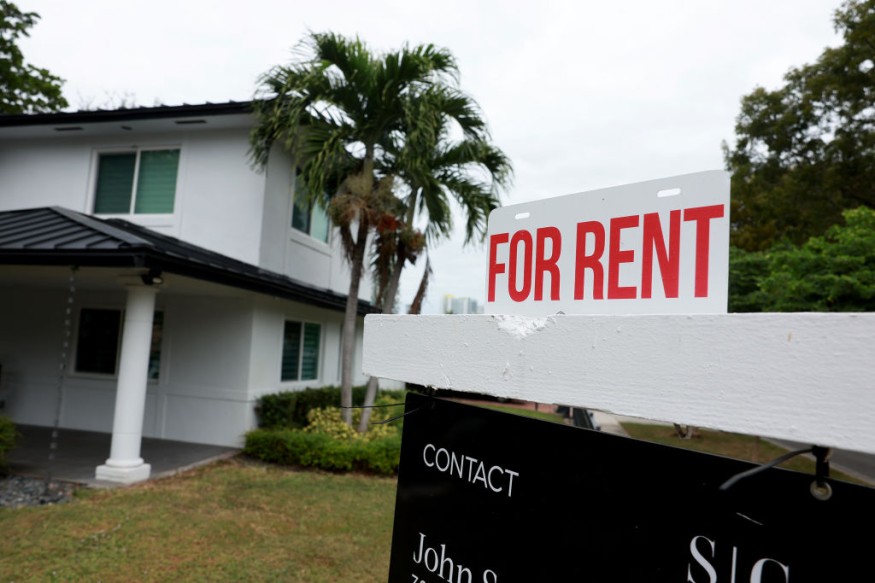
The share of renter households in the United States has grown at thrice the rate of homeowner households amid rising costs of home buying, according to a new report.
The share of renter households grew by 2.7% in the third quarter of 2024. There are now 45.6 million renter households in the US. In comparison, homeowner households only grew by 0.9% in the same period to 86.9 million.
That is the second fastest pace of renter household growth recorded since 2015. It's also only 0.1% lower than the 2.8% rate recorded in this year's first quarter, as reported by real estate company Redfin.
Why Renter Households Are Growing Faster
In the past four quarters, the growth in the share of renter households has outpaced that of homeowner households. This is largely due to the increased cost of homeownership.
Median asking rents rose by 0.6% year over year in September to $1,634. In contrast, median home sale prices rose by 6% year over year in the same month. It is currently at $427,496.
For perspective, the median weekly earnings of a full-time worker in the US was $1,165 in the third quarter of the year, according to the latest data from the Bureau of Labor Statistics.
Assuming they would purchase a median-priced home with a 20% downpayment, the buyer would need $85,499. To save up for that, it could take an American earning the median wage 9.4 years to afford the down payment, assuming they are saving 15% of their pre-tax income.
In addition to high home prices, mortgage rates have also remained elevated. As of the week ending Oct. 31, the contract rate for the 30-year mortgage loan is 6.72%, per Freddie Mac's Primary Mortgage Market Survey.
Where Are Americans Renting the Most
The share of renter households is highest in metro areas in California and New York City, with San Jose topping the list at 52%. Los Angeles follows with 50.8%, New York with 49.1%, San Diego with 48%, and Fresno with 47.4%.



